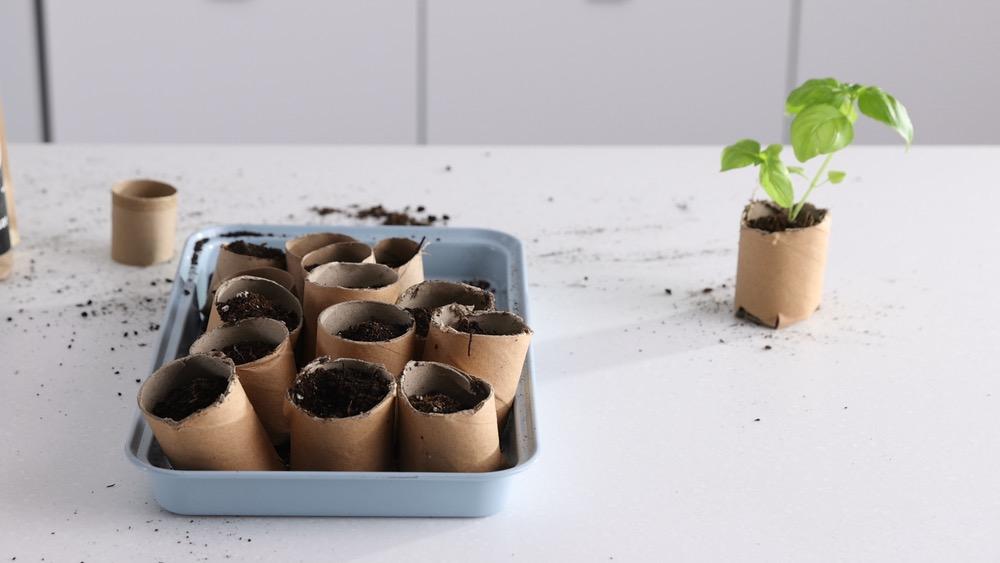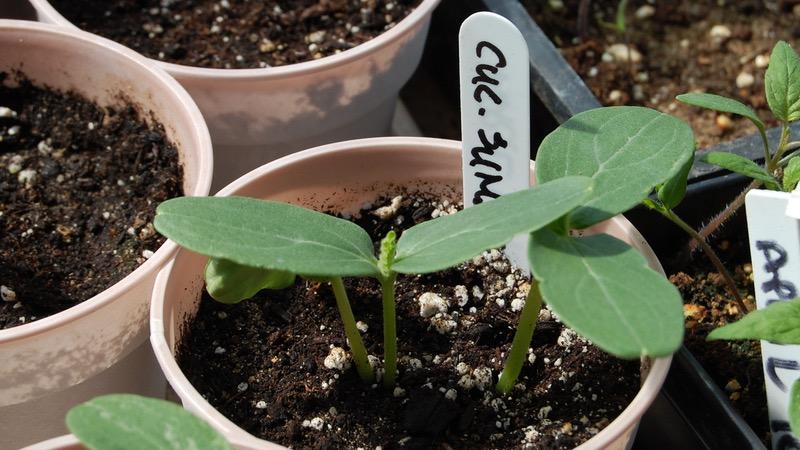Creating a perennial meadow garden is immensely rewarding. These gardens burst to life year after year, requiring less maintenance and watering than traditional gardens. They attract pollinators, providing a haven for wildlife. Their ever-changing colours and textures offer a visual feast and a sense of connection to nature. It’s a sustainable, low-effort way to enjoy beauty and biodiversity in your own backyard.
Soil preparation. Weed control is more important in a perennial meadow as it is slower to establish and is not cultivated at the end of the season, which provides more opportunity for weeds to take hold. Methods include treating the area with a herbicide (not our favourite option), solarizing the weeds with black plastic under hot sun, or growing a dense cover crop such as buckwheat the year prior to establishing your meadow if you have patience, which is our advised way to go.
Planting can happen after you are confident the bank of weed seeds is under control. A perennial planting
can happen in the fall between September to December, as many perennial seeds require cold exposure to germinate. Like annual meadows, mixing 10:1 with dry sand or sawdust to seed to ensure even distribution is a good idea. Rake your seeds to even them out and ensure soil contact, then put down a light layer of straw to ensure the seeds stay in place over the winter (one bale per 1,000 sq ft).
Year 1 after planting is disappointing. Prepare yourself for that. Perennials can take a while to grow from seed; in the beginning, it will be difficult to differentiate your precious wildflowers from weeds. Mid-summer, it is safe to mow at 4-6” to get the weeds under control, as most of your wildflowers will not be blooming anyway.
Year 2 will be easier as the wildflowers will fill in more quickly in the spring, and you might even get to enjoy some blooms if you have included coreopsis, columbine, and blackeye Susan in your mix.
Year 3 and beyond is a matter of kicking back and enjoying as the various plants within the mix find their favoured place year after year. Remove any woody shrubs, such as sumac, which might establish themselves and take over, but try to disturb the soil as little as possible as you will likely create openings for new weeds. Annual mowing is not necessary, but every other year at 6-8” or higher in the spring is useful to keep woody species under control. Try not to overdo it, as your perennial meadow will become a habitat to a host of ground-dwelling wildlife, and consider mowing only a section each year.
Top Perennials to Grow in Your Meadow Garden
Care for Your Meadow Garden
The preparation of the ground for a meadow is essential. Be sure to remove all the weeds before you sow your meadow and pull the roots of perennial weeds like twitch grass and Canada Thistle. Add a layer of at least 6 cm of 70% compost and 30% sand mixed.
Rake smooth. Mix your flower seeds with sand or vermiculite to help distribute them evenly when sowing.
Sow seeds as evenly as possible and rake them smoothly but lightly using a hard rake.
Roll with a lawn roller 1/3 filled with water, or for smaller areas, step on the sown area with flat-soled shoes.
Water thoroughly, as you would when establishing a new lawn from seed. Once germination and new growth have occurred, pull back on the watering until your new meadow can “stand on its own feet” and endure the heat and dryness of summer.
Do not fertilize perennial meadows especially. The beauty of flowering meadows is that they are low input, in particular native flowers, which are adapted to the soils they are planted into. Adding fertilizer is a waste which will only contribute to leggy growth and the promotion of grasses.
Mark Cullen is an expert gardener, author, broadcaster and tree advocate
and holds the Order of Canada. His son, Ben, is a fourth-generation
urban gardener and a graduate of the University of Guelph and Dalhousie
University in Halifax. Follow them at markcullen.com, @MarkCullen4
(Twitter) and @markcullengardening (Facebook) and look for their latest book, Escape to Reality.
Follow them at markcullen.com, @MarkCullen4, facebook.com/markcullengardening and biweekly on Global TV’s national morning show, The Morning Show.













